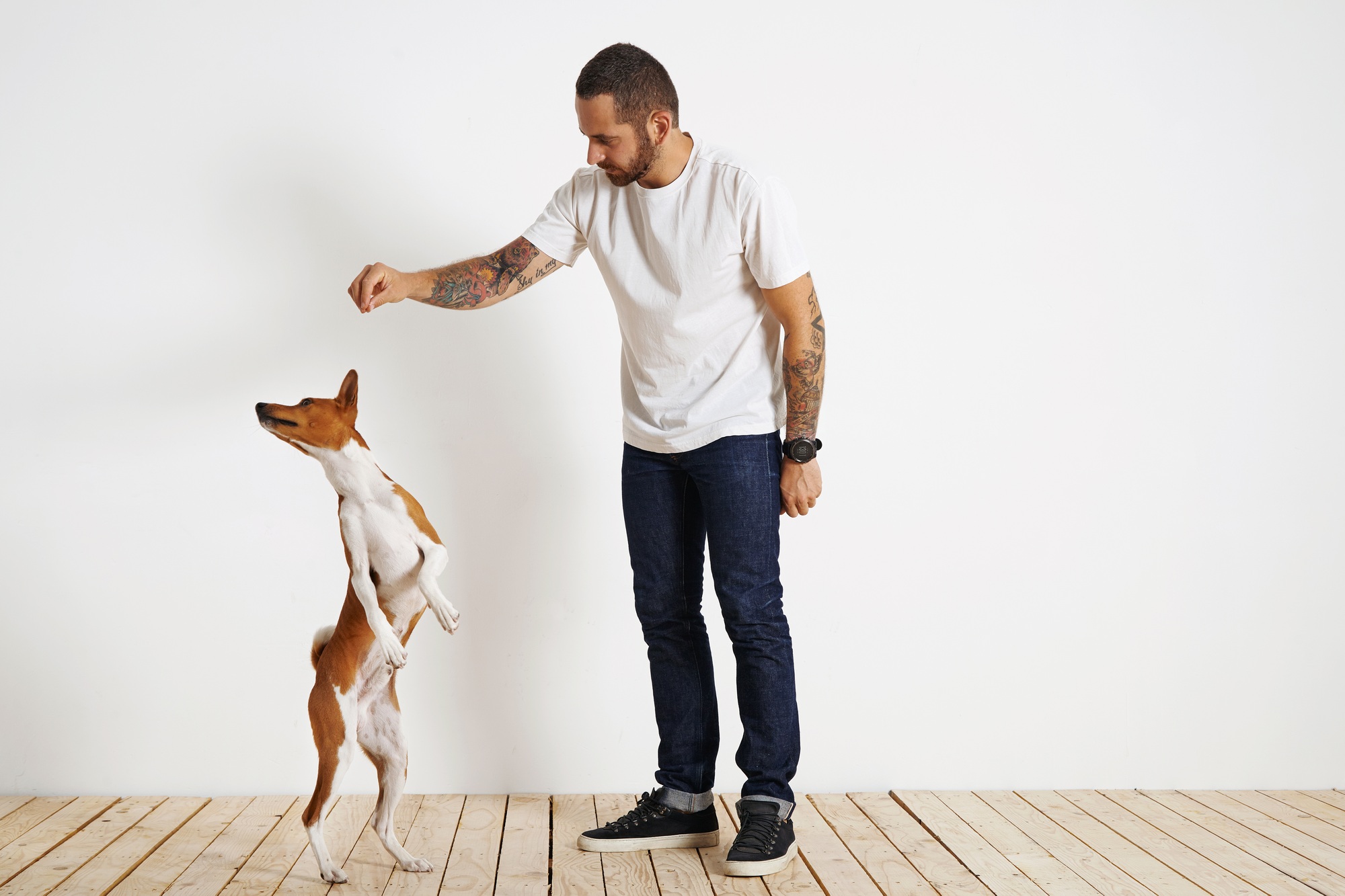Training Tips
The Ultimate Guide to Training Your Pet: Tips for Success, Bonding, and Better Behavior
Training is one of the most rewarding things you can do for your pet. Whether you’re raising a puppy, adopting a rescue, or simply teaching an older pet new tricks, a well-trained animal is happier, safer, and more confident. This guide will walk you through essential training strategies, mindset shifts, and best practices to help build a lasting bond with your furry companion.

Why Training Matters
Training isn’t just about obedience. It’s about communication, mutual respect, and trust. A trained pet is easier to manage, more socially adaptable, and less likely to engage in destructive behavior. It also improves mental stimulation and can help prevent anxiety, aggression, and boredom-related issues.
Getting Started: Setting Expectations
- Be patient: Every animal learns at their own pace. Don’t rush the process.
- Stay positive: Encouragement and rewards work far better than punishment.
- Make it fun: Training should be a bonding activity, not a chore.
1. Start with Foundational Commands
Begin with basic commands such as “sit,” “stay,” “come,” “down,” and “leave it.” These create structure and safety, especially in unpredictable situations. Use a cheerful, firm tone and reward promptly after compliance.
Suggested Training Schedule for Beginners
| Week | Focus Commands | Session Length |
|---|---|---|
| Week 1 | Sit, Stay | 2 x 10 mins daily |
| Week 2 | Come, Down | 2 x 15 mins daily |
| Week 3 | Leave it, Drop it | 2 x 20 mins daily |
| Week 4 | Practice All + Outdoor Distractions | 20-30 mins daily |
2. Use High-Value Rewards
Positive reinforcement is the most effective method. This includes:
- Small treats (soft, smelly, easy to eat)
- Verbal praise (“Good boy!”, “Yes!”)
- Favorite toys or playtime
- Gentle petting or cuddles
Use the best rewards during more challenging tasks or when training around distractions.
3. Keep Sessions Short and Productive
Pets, especially young ones, have short attention spans. Training for too long can cause frustration for both of you. Aim for:
- 5–10 minutes for puppies/kittens
- 10–15 minutes for adult pets
- Multiple short sessions a day are better than one long one
4. Consistency Is Everything
Use the same command words, hand signals, and tone. Make sure everyone in your household does the same. If you say “off” and someone else says “down,” your pet won’t know which to follow.
5. Don’t Punish—Redirect Instead
Yelling, leash-jerking, or hitting teaches fear, not understanding. If your pet does something unwanted:
- Interrupt calmly (use a firm “No” or “Uh-uh”)
- Redirect to a desired behavior
- Reward when they follow the correct action
6. Socialize Early and Often
Expose pets to different environments, people, pets, and sounds. Early and positive socialization reduces fear and reactivity later in life. Use treats and praise to associate new experiences with positivity.
7. Train in a Variety of Settings
Once your pet masters a command at home, practice:
- In the backyard
- On walks
- At pet-friendly stores or parks
This helps them generalize commands and stay responsive even around distractions.
8. Use Body Language and Tone Effectively
Animals respond better to body cues than words. Use open, inviting gestures for “come” and stand tall and firm for “stay.” Combine gestures with verbal cues to reinforce meaning.
9. Stay Calm and Encouraging
Your energy matters. If you’re stressed, your pet will feel it. Celebrate small wins. Training isn’t a straight path—expect plateaus and regressions along the way.
10. Know When to Ask for Help
If your pet displays aggression, extreme fear, or isn’t responding despite consistent efforts, consult a certified dog trainer or animal behaviorist. Personalized help can uncover hidden issues and speed up success.
Common Mistakes to Avoid
- Training when tired or impatient
- Overfeeding during sessions
- Skipping training for long periods
- Allowing mixed messages (e.g., letting pets on the couch sometimes, but not always)
Recommended Tools and Supplies
| Tool | Purpose | Example |
|---|---|---|
| Treat Pouch | Quick access to rewards | Clicker Company Clip-On Bag |
| Clicker | Mark good behavior precisely | PetSafe Click-R Trainer |
| Long Leash | Recall training in open areas | 30ft nylon training leash |
| Target Stick | Teach movement-based tricks | KONG Training Wand |
Final Thoughts
Training your pet takes time, consistency, and a lot of love—but the rewards are immeasurable. A well-trained pet is happier, more confident, and more connected to you. Start small, be patient, and celebrate every bit of progress along the way.

